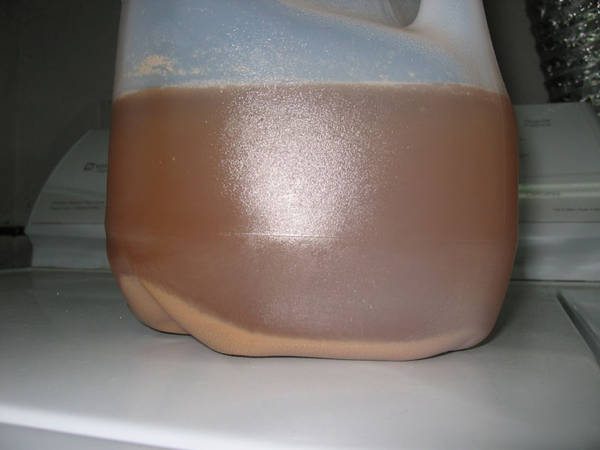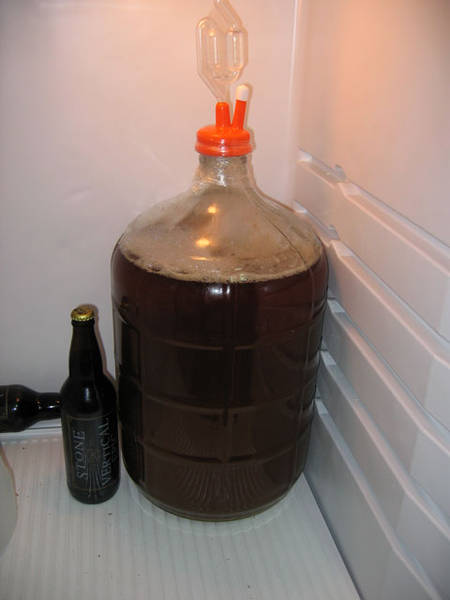nostalgia
Well-Known Member
Hey gang. I've been documenting my first lager attempt and wanted to run my progress by you more experienced types.
My OG was 1.054. On the 7th day SG was 1.036. Today is the 10th day and we're at 1.032.
With an anticipated FG of 1.015, I was planning to start my diacetyl rest when the SG hit 1.025. Sound about right? At this rate it'll be another week before that happens. Seems like a much longer ferment than I've been reading about.
Here's the sample:
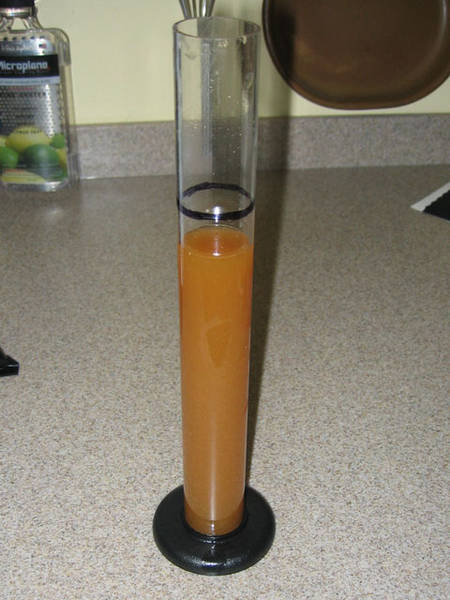
Thanks for any advice,
-Joe
My OG was 1.054. On the 7th day SG was 1.036. Today is the 10th day and we're at 1.032.
With an anticipated FG of 1.015, I was planning to start my diacetyl rest when the SG hit 1.025. Sound about right? At this rate it'll be another week before that happens. Seems like a much longer ferment than I've been reading about.
Here's the sample:

Thanks for any advice,
-Joe






















































![Craft A Brew - Safale BE-256 Yeast - Fermentis - Belgian Ale Dry Yeast - For Belgian & Strong Ales - Ingredients for Home Brewing - Beer Making Supplies - [3 Pack]](https://m.media-amazon.com/images/I/51bcKEwQmWL._SL500_.jpg)



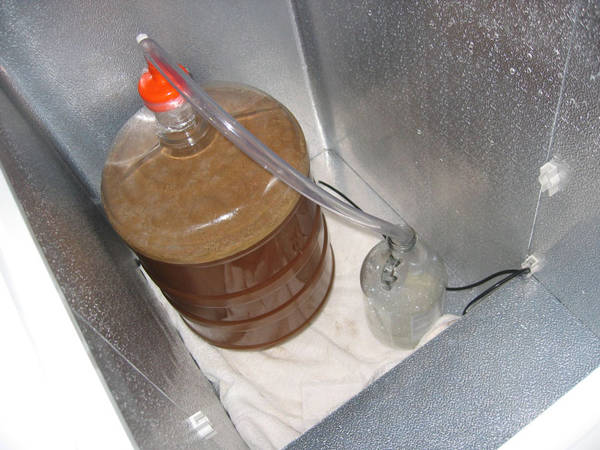
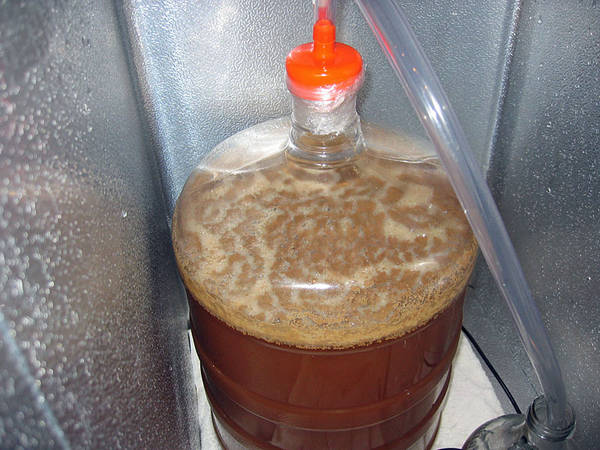
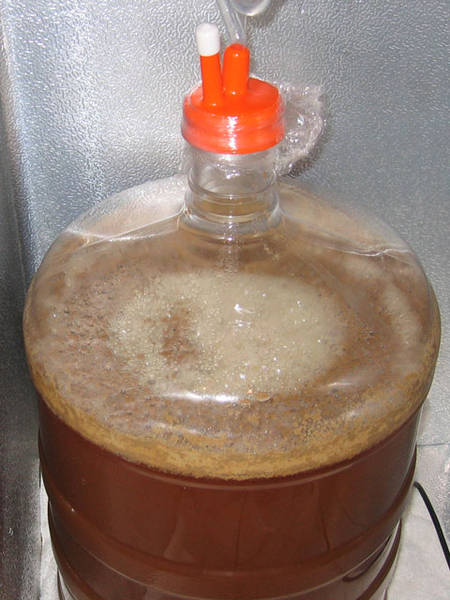
 There's still a hint of that slimy mouthfeel but it's quite diminished from the last time I tasted it. And I'm not getting any buttery flavors.
There's still a hint of that slimy mouthfeel but it's quite diminished from the last time I tasted it. And I'm not getting any buttery flavors.